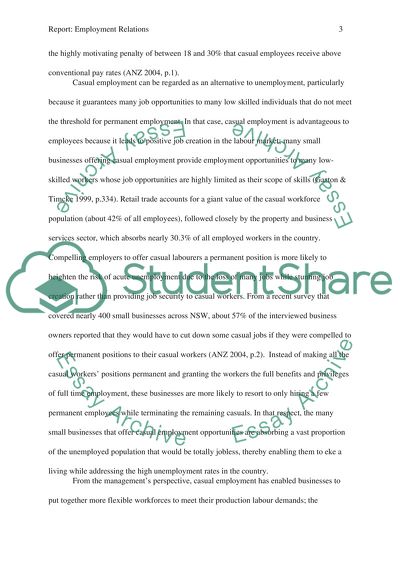Cite this document
(Employment Relations Report Example | Topics and Well Written Essays - 1500 words, n.d.)
Employment Relations Report Example | Topics and Well Written Essays - 1500 words. https://studentshare.org/human-resources/1841182-report-employment-relations
Employment Relations Report Example | Topics and Well Written Essays - 1500 words. https://studentshare.org/human-resources/1841182-report-employment-relations
(Employment Relations Report Example | Topics and Well Written Essays - 1500 Words)
Employment Relations Report Example | Topics and Well Written Essays - 1500 Words. https://studentshare.org/human-resources/1841182-report-employment-relations.
Employment Relations Report Example | Topics and Well Written Essays - 1500 Words. https://studentshare.org/human-resources/1841182-report-employment-relations.
“Employment Relations Report Example | Topics and Well Written Essays - 1500 Words”. https://studentshare.org/human-resources/1841182-report-employment-relations.


